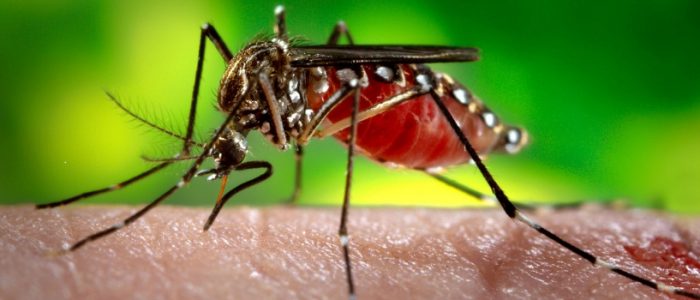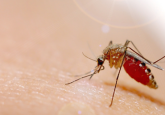Zika children show delayed impacts on neurological development

Zika virus in Rio de Janeiro (Brazil) caused an abundance of complications and congenital defects in children. But are there secondary delayed impacts on these ‘Zika children’ without severe microcephaly?
Zika virus created an epidemic in Rio de Janeiro from September 2015 through June 2016. Zika virus, spread by the Aedes mosquito, sexual contact and blood transfusion, quickly became named a ‘Public Health Emergency of International Concern’ by WHO in early 2016, due to the large numbers of congenital deformations recorded in neonates.
Congenital Zika Syndrome is characterized –in short– by microcephaly, decreased brain tissue, eye abnormalities and seizures. However, throughout Brazil, it was noted that a number of pregnant women exposed to Zika virus had seemingly ‘normal’ children, free of any birth defects. Now, a study led by Karin Nielsen-Saines at the University of California Los Angeles ( CA, USA) shows a far more complicated story.
The team enlisted 216 infants, aged 7-32 months, in Rio de Janeiro, whose mothers had been exposed to Zika virus during pregnancy (and whose mothers were diagnosed with characteristic Zika virus skin rash). The team tested these infants for neurological development issues, including: cognitive performance, fine and gross motor skills, and expressive language. The companion commentary, co-written by Sarah Mulkey, (Children’s National Hospital, DC, USA) explains that although many children had normal assessments, approximately 29% scored below average in at least one of the categories.
Interestingly, as Zika virus has been noted to have an affinity for premature neurons, the researchers wanted to determine if further impacts of Zika virus could be seen during later stages of development. The researchers found higher risks for developmental, hearing and eye abnormalities in children whose parents had been exposed earlier along in their pregnancy.
-
Dengue defends against Zika virus
-
The curious case of the Zika twins
-
Linking Zika virus and microcephaly
Surprisingly, 49% of infants who had abnormalities at birth had normal test results in the second or third year of life. However, 25% of children who tested normal at birth had below-average developmental testing or abnormal hearing or vision by 32 months.
“This work follows babies who were born in 2015 and 2016. It’s heartening that some babies born with abnormalities tested in the normal range later in life, though it’s unclear whether any specific interventions help to deliver these positive findings,” commented Mulkey.
“And it’s quite sobering that babies who appeared normal at birth went on to develop abnormalities due to that early Zika exposure.”
It’s unclear if these findings also apply to asymptomatic infections.
“This study adds to the growing body of research that argues in favor of ongoing follow-up for Zika-exposed children, even if their neurologic exams were reassuring at birth,” Mulkey added.
“As Zika-exposed children approach school age, it’s critical to better characterize the potential implications for the education system and public health.”
Both articles were published in Nature Medicine in July 2019.





